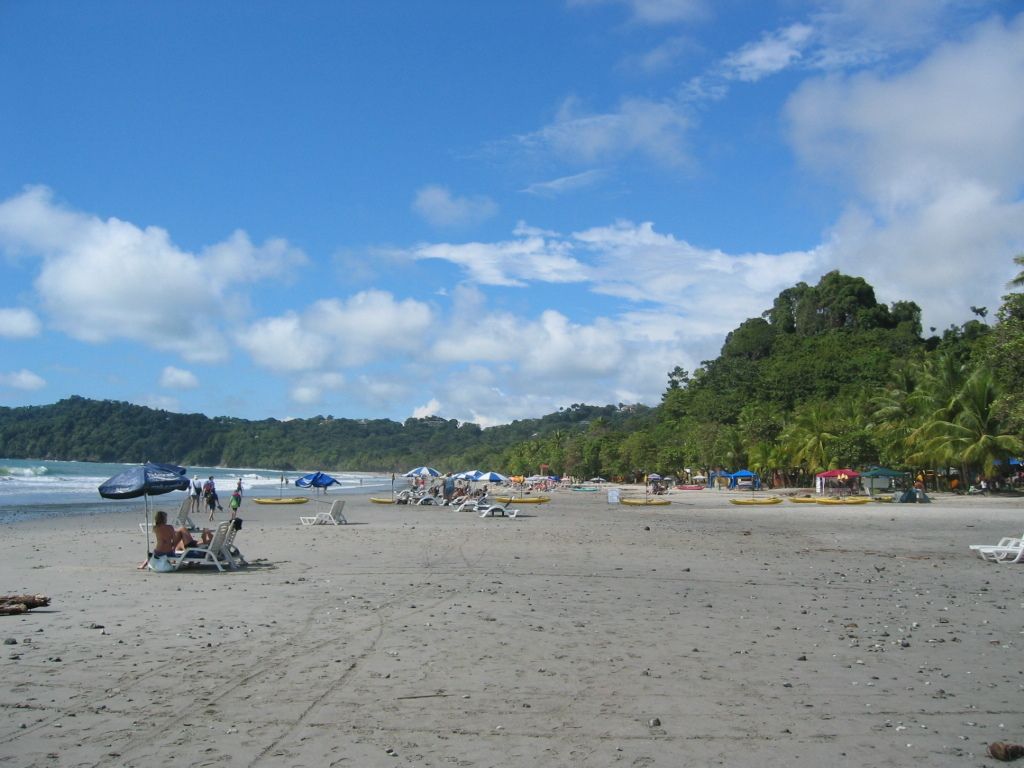Navigating the Climate Crisis: The Urgent Need for a Clear 1.5-degree Limit Definition
Experts at the current World Climate Conference in Dubai, including a group from the UK, are calling for a clear definition of the 1.5-degree limit due to the ongoing climate crisis. The Paris Agreement, signed at the 2015 Climate Conference in Paris, committed nations to limiting global warming to 1.5 degrees compared to pre-industrial times, a target emphasized at the Dubai conference as well.
In the face of this crisis, experts from the IPCC and Great Britain are suggesting methods to certify non-compliance with climate targets earlier than anticipated, highlighting the urgency of climate action.
Currently, the Intergovernmental Panel on Climate Change (IPCC) defines the moment a certain temperature threshold is exceeded by considering the global average temperature averaged over a 20-year period. For example, if the average value is 1.5 degrees above the pre-industrial average, the experts define the middle of the 20-year period as the moment when this threshold was exceeded for the first time. This method, however, can only determine when a threshold value has been exceeded 10 years after the date.
In a bid to address this issue, the group led by British researcher Richard Betts proposes calculating the level of global warming from observational data from the past ten years and model projections for the next ten. This method would not only account for the 20-year average but would also enable the recognition of exceeding the 1.5-degree threshold in good time, allowing for prompt introduction of stricter measures.
For instance, using this proposed method, researchers calculated that global warming at the end of 2022 was around 1.26 degrees compared to pre-industrial levels.
The World Meteorological Organization (WMO) is considering commissioning an international team of experts to examine alternative methods to enable a more timely assessment.
Additional Insights
The precise moment when the 1.5-degree global warming limit set by the Paris Agreement is surpassed is not determined by a single year's temperature but rather by a long-term average spanning multiple decades. Key factors to define and determine this threshold include:
- Long-term Average: The Paris Agreement defines the 1.5-degree limit as an average of the global surface temperature over several years, usually a 20-year period.
- Natural Climate Variability: Climate scientists account for natural climate fluctuations, such as El Niño events, that can influence short-term temperature fluctuations.
- Threshold Breach: The threshold is considered breached when the 20-year average temperature exceeds 1.5 degrees Celsius above pre-industrial levels. A single year's temperature above 1.5 degrees does not suggest a lasting breach due to natural variability.
- Studies and Models: Recent studies indicate that the world is likely already in a period where the 1.5-degree threshold will be exceeded within the next 20 years, based on current warming trends and climate model projections.
- Probability and Uncertainty: The likelihood of exceeding the 1.5-degree threshold is assessed through complex discussions involving climate models and observed temperature anomalies. Probabilities are used to estimate the likelihood of breaching the threshold, with some studies suggesting a high likelihood (e.g., "virtually certain" or "likely") that the threshold will be exceeded within the next 20 years.








